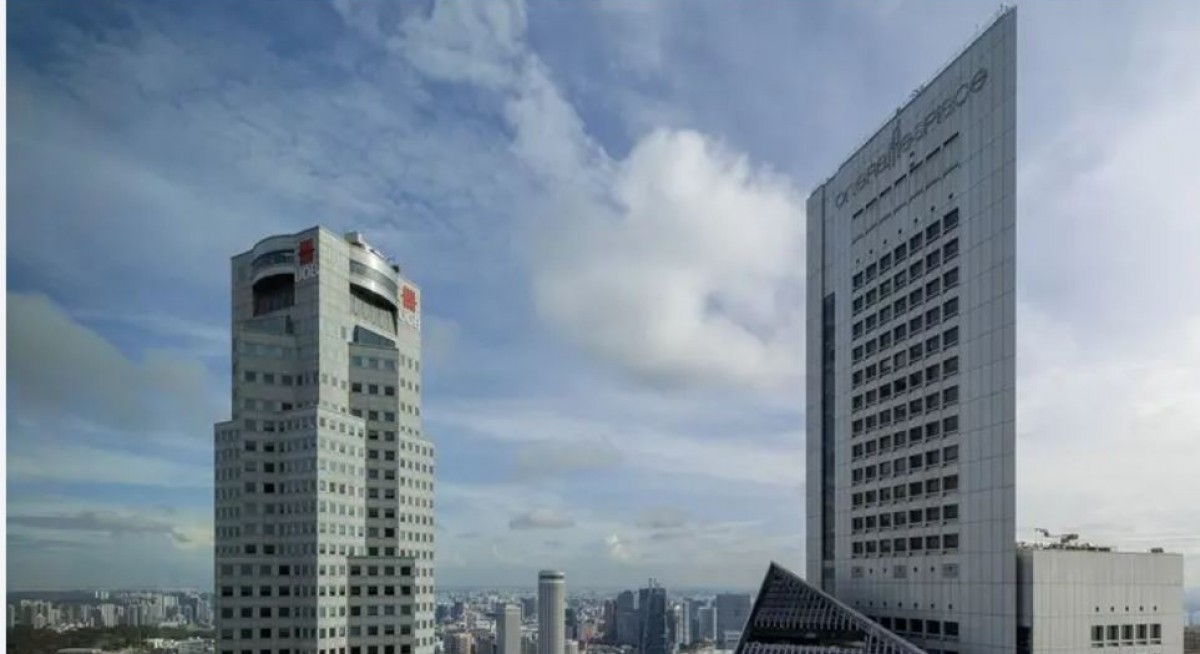“If you look at what has changed in 2025 in each of the countries that we operate in, the GDP growth forecast in every market has moderated. The benchmark interest rates for these countries have also been reduced. And there is also the impact of foreign exchange. The environment has shifted significantly,” group CFO Leong Yung Chee points out.
Fee income declined in 2Q2025 from a very robust 1QFY2025 due to investment banking fees. “Investment banking activities returned to normalised levels, while wealth management fees were subdued as we took a more cautious approach amid macro uncertainties. Treasury and investment income has softened, reflecting lower trading and liquidity management activities, but customer-related Treasury income sustained momentum,” Leong explains.
Leong added that exit NIM in 2QFY2025 was 1.84% but he believes that UOB can get back to the guidance of 1.85% to 1.9% for the full year. First off, the Singapore Overnight Rate Average (Sora) fell by 50 bps in 2Q2025 even though rates in the US were unchanged. Deposits are pricing slower than loans and the Hong Kong Interbank Offered Rate (Hibor) could rebound.
“We are expecting three more rate cuts from the Fed through the course of this year, but there will also be some impact upon the magnitude of the transmission as the correlation has moderated. Secondly, in terms of the UOB One account, the [lower] savings rate we’ve announced in May will impact the second half. The third is Hibor. Although the Hong Kong dollar in terms of our book exposure is small at 6%, there was still an impact because of the significant shift in the Hong Kong rate. We expect the Hibor rate to stabilise and recover to around 1.6% from the present 1%,” Leong says. The Hibor rate fell almost 200 bps in the second quarter, he adds.
See also: What would an imaginary merger of DBS and Standard Chartered look like?
Group CEO Wee Ee Cheong says all four Asean franchises delivered robust growth in customer base, Casa, AUM, unsecured receivables and card payments to position for sustainable growth. “We have been reshaping our business franchise. We see good progress in moving towards a more diversified and resilient revenue, including connectivity, fee-based recurring income and asset-light businesses,” he adds. These asset-light businesses include connectivity across Asean, trade and cash management, Wee says.
“Trade income today is growing at about 12% a year. Customer treasury income is growing very strongly. If you have trade loans and trade assets with customers, that would lead to help them with rates and foreign exchange hedging. With that, it should lead to the operation of current accounts and savings accounts (Casa). Our Casa ratio for the wholesale bank is at 57% and our retail Casa ratio is 56%. These are important elements in terms of looking at how to grow the stickiness of the franchise and shape it so that you have a better proposition,” Leong details, on the asset-light businesses.
UOB’s wholesale banking business delivered a profit before tax of $2.2 billion in 1FYH2025, down 12% y-o-y, reflecting lower benchmark rates, intense competition for quality assets, as well as a rise in allowance from a low base. Transaction banking contributed around 50% to wholesale banking income, supported by an enlarged Casa base and 12% y-o-y growth in trade loans, which now makes up 10% of total loans.
See also: SGX denies it is in talks to buy Cboe Australia
UOB is guiding for a full-year NIM of 1.85 to 1.9%, low single-digit loan growth focusing on quality assets, high single-digit fee growth driven by card, wealth, trade and investment banking, flat operating income costs, and credit costs of 25 to 30 bps. A dividend of 85 cents was announced, down marginally y-o-y.
“UOB’s revised guidance, announced in 2Q results, reflects caution over rising macro headwinds, with growth targets trimmed slightly and a steady credit-cost outlook (25 bps to 30 bps). We think credit costs could rise due to precautionary provisions in 2HFY2025 as pockets of overseas stress emerge, with UOB’s non-performing-loan ratios up in Thailand and Greater China in 2QFY2025 versus 4QFY2024 despite stable overall asset quality,” notes Rena Kwok, credit analyst, Bloomberg Intelligence.




